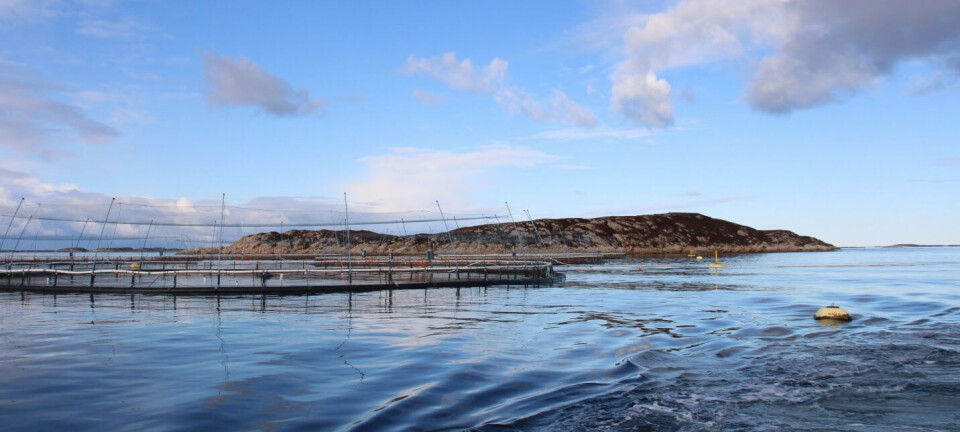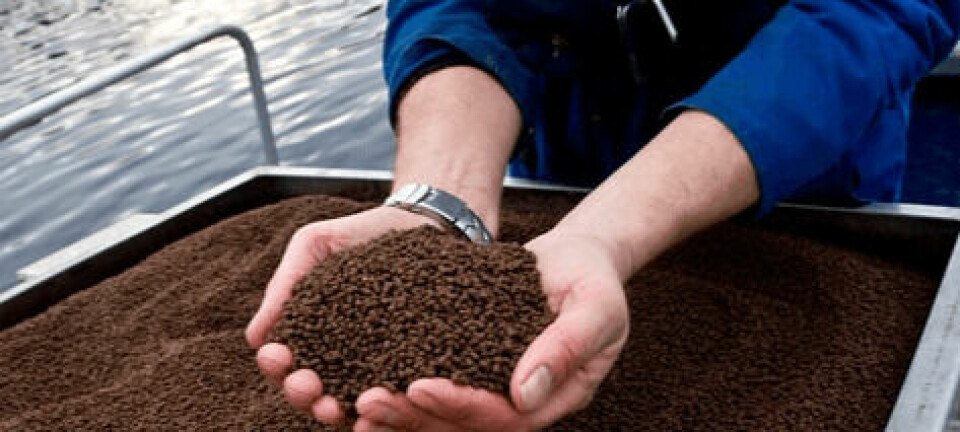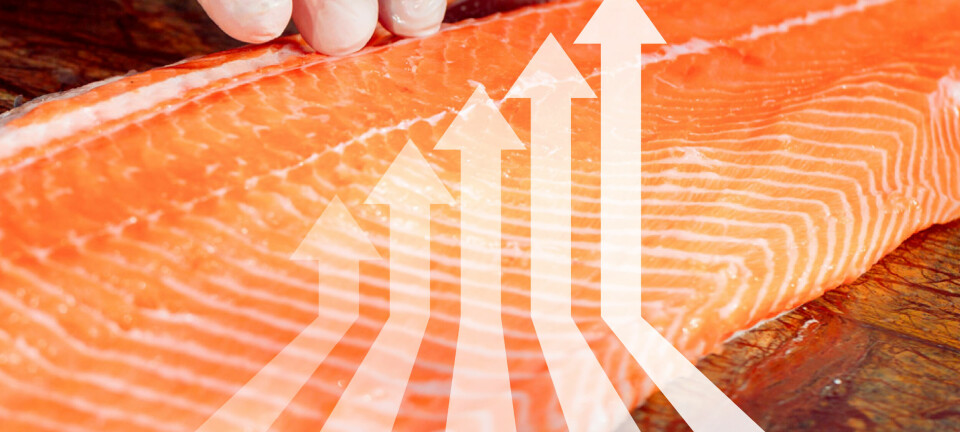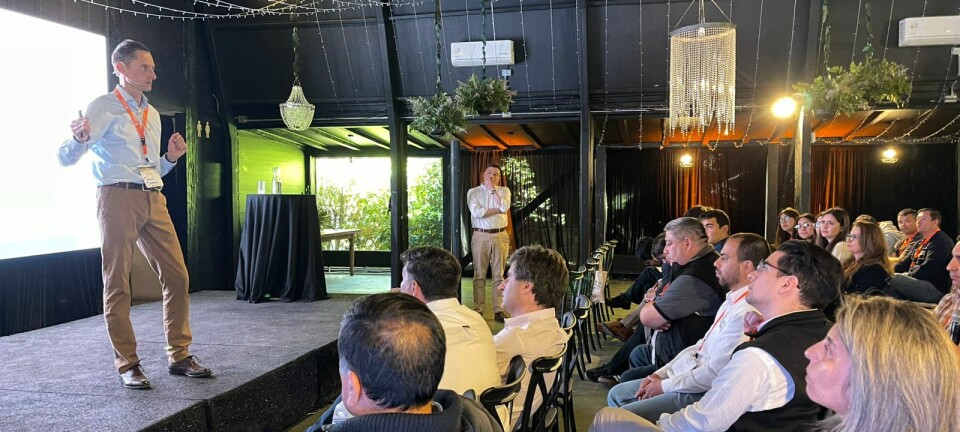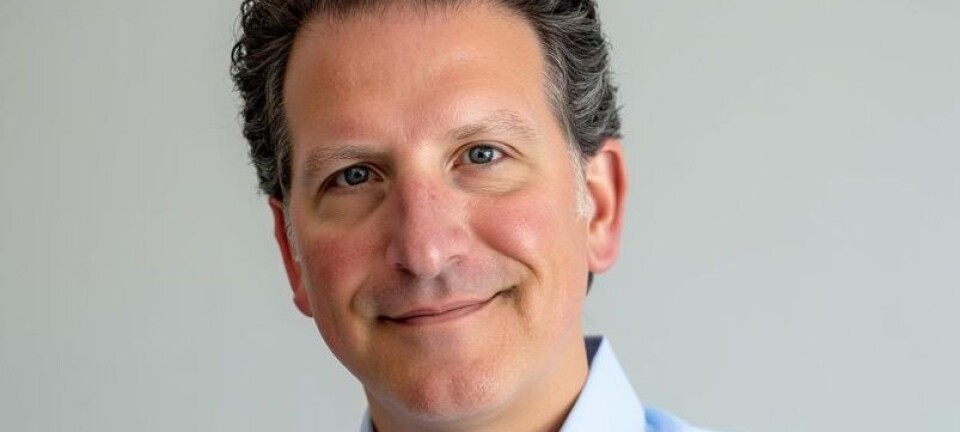
Seal protection measures a success
First quarter 2011 information on the Seal Licensing System - in place to ensure tight controls on the removal of specific seals around fisheries or fish farms - shows that no seals were shot for almost three-quarters of licences granted.
Overall, from a total annual maximum of 1,298 seals, 80 seals were shot over the three month period. Meanwhile, research by the Special Committee on Seals (SCOS) reveals an increase in grey seal pup production, indicating a population that is stable or slowly growing. New reporting models, revised in light of recent seal surveys, put Scotland's grey seal numbers at 108,000 - 90 per cent of the UK population.
Richard Lochhead, Cabinet Secretary for Rural Affairs and the Environment, said:"The new data on our grey seal numbers is encouraging, as it shows a stable population of what is an iconic Scottish species. As a government, we're determined to strike the right balance between seal conservation and supporting the fisheries and aquaculture industries.
"Under the Marine Act 2010, for the first time it is illegal to shoot a seal unless a licence has been granted under very strict conditions. Before these measures were introduced, environmentalists estimate that at least 2,000 seals were shot in Scotland every year - therefore a first quarter figure of just 80 seals signals a remarkable drop.
"I'm pleased that under the new system the principle of 'last resort' is being closely adhered to. We are also continuing to work with the fish farming industry to develop and make available non-lethal seal deterrents wherever possible."
Alongside seal licensing, the Scottish Government has introduced new seal conservation areas - in the Western Isles, Northern Isles and along the East Coast - and the Scottish Government is currently exploring how seal 'haul out' sites can be given added protection. Seal licences were granted for 234 fish farms and across more than 40 wild fisheries. Marine Scotland assesses all fish farms before granting a seal licence, to ensure that appropriate non-lethal measures are in place.




















